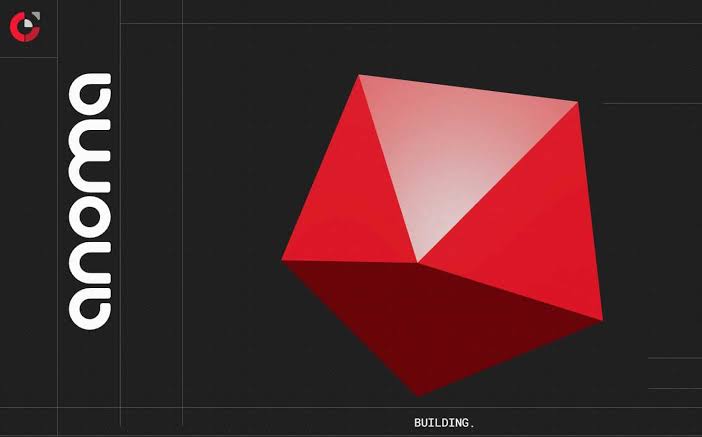The Anoma Foundation, a non-profit Swiss organization, has secured substantial funding to continue the development and research of its blockchain architecture of the third generation.
The organization, which is constructing what it describes as a generalized intent-centric blockchain architecture, raised $25 million in its third fundraising round.
The technology enables the creation of entirely decentralized applications (DApps) and services, from decentralized exchanges (DEXs) to blockchain rollup protocols.
Adrian Brink, the co-founder of Anoma, asserts that its third-generation architecture provides greater composability and usability than existing innovative contract protocols such as Ethereum and its Ethereum Virtual Machine (EVM).
Bitcoin, as the first generation of scriptable settlement architectures, was highlighted by Brink as the evolution of blockchain systems.
Anoma seeks to advance the decentralization of existing blockchain-based applications and platforms, whereas Ethereum is the second generation of programmable settlement architecture:
“Anoma is the first architecture that is intent-centric, marking the third generation of architectures that contrast with the current transaction and blockchain-centric architectures.”
Its most recent round of fundraising will be used to support ongoing development and research initiatives for Anoma’s architecture as well as developer tools for its ecosystem.
Brink emphasized Anoma’s primary design principle of intent-centricity, which enables fully decentralized versions of existing DApps such as rollups, nonfungible token (NFT) marketplaces such as OpenSea and Flashbots, and decentralized exchanges with centralized components and limited on-chain settlement functions:
“It enables applications that are impossible to build on existing smart contract protocols, such as fully decentralized Gitcoin, Plural Money, Collaborative Finance, Multidimensional DAOs, runtime rollups, or multiparty multivariate bartering.”
In contrast to transaction- or blockchain-centric approaches like Bitcoin, Ethereum, and other blockchains, Brink describes Anoma’s intent-centric design as a radically new approach to how the industry architects decentralized systems.
According to a July 2022 report by Chainalysis, Algorand, BNB Chain, and Avalanche have emerged as layer-1 competitors to Ethereum, seeking to provide greater scalability or security.
Numerous layer-1 blockchains, modeled after Bitcoin and Ethereum, have been developed to facilitate transactions and smart contracts.












